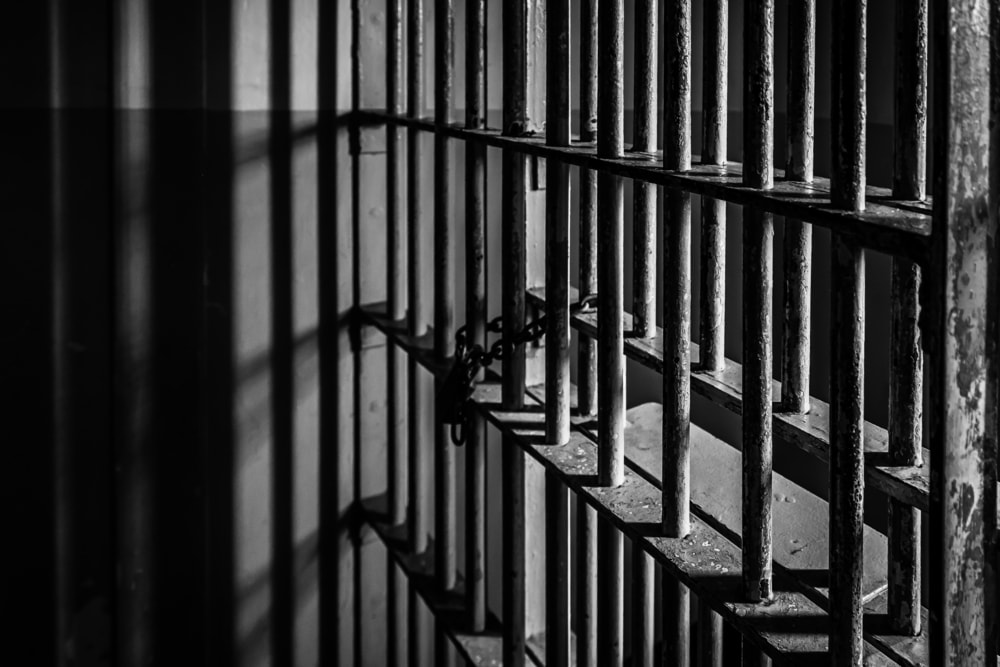How to Fix Alabama’s Adult Prisons: Stop Incarcerating Young People
Many folks picture a Sunday in the South to include a Baptist church choir, lemonade on the front porch, and hot, hazy humidity that will hug a person in warm southern hospitality.
It’s an image bordering on the divine, but one that’s a far cry from how the Department of Justice (DOJ) portrayed a particular Sunday in Alabama’s prisons.
In a letter and report addressed to Gov. Kay Ivey, the DOJ spelled out in breathtaking detail the abhorrent conditions in the state’s prisons. Investigators specifically described the violence that occurred one Sunday in September: One incarcerated person beat another with a sock filled with metal locks; another person was punched with such force he was taken off-site for treatment; yet another prisoner was sexually assaulted, and stabbed by homemade knives.
Almost immediately, the report roused the attention of Alabama’s legislators, causing Sen. Cam Ward, R-Alabaster, to proclaim “every single thing is on the table” to fix these problems.
Sen. Ward’s open-minded approach is both refreshing and necessary. But if the Legislature is serious about leaving no stone unturned to address the crisis in Alabama’s adult prisons, it should include reforms to a somewhat paradoxical place: the state juvenile justice system.
The heart of Alabama’s prison problem is overcrowding. The simplest way to reduce overcrowding is, of course, to have fewer prisoners. While letting people out of prison earlier is the most immediate pathway — not to mention a politically fraught one — it’s hardly the only way to make a dent in the issue.
Another solution is to look at how many of these folks ended up in prison in the first place.
Each story of how an individual wound up in prison is unique, but one of the more common threads is prior incarceration as a juvenile. Indeed nationwide, roughly one in three incarcerated youth will find themselves incarcerated again within only a handful of years. Similarly, one study found that juvenile detention results in higher adult incarceration rates and substantially lower high-school completion rates — this latter factor itself a driver of adult incarceration.
The health of Alabama’s adult system is thus inextricably interwoven with that of the state’s juvenile system.
So how is it doing? The short answer — not well — probably will not come as a surprise in light of Alabama’s adult correctional woes. In 2017, the Alabama Juvenile Justice Task Force revealed that despite a 27 percent drop in juvenile crime over the previous five years, Alabama nevertheless managed to increase the number of youth held in detention facilities, largely through the detention of juveniles for low-level crimes like shoplifting, fighting in school and truancy.
Such unnecessary detentions only serve to widen Alabama’s school-to-prison pipeline.
Juvenile reforms are not just about trying to prevent today’s youth from becoming tomorrow’s prisoners. Alabama’s juveniles are already some of those “adult” prisoners. That’s because Alabama law allows children as young as 14 to be tried, sentenced and incarcerated as adults for certain offenses.
Adult corrections officials end up either isolating these juveniles and thereby deny them meaningful human contact and educational programming, or exposing these especially vulnerable inmates to the exact kind of violence and sexual assault at issue in the Department of Justice report.
What’s more, the impact of juvenile justice policies ripple beyond a prison’s walls. The public safety benefits of stopping juvenile offenders from becoming adult offenders is straightforward: less crime and fewer victims. Beyond that, keeping young people out of prison means keeping children in school and in the workforce, further increasing their ability to serve as responsible family members and productive members of society.
Thankfully, the way forward on juvenile justice reform is clear. About two years ago, the Alabama Juvenile Justice Task Force determined where juvenile justice reforms would have the most impact. Legislative inaction since then has ensured those policy prescriptions remain relevant today.
The need to address the unconstitutional cruelty rampant in Alabama’s adult prisons is undeniably urgent. The immediacy of these issues, however, should not deter the legislature from taking the long view by considering juvenile justice reforms in addition to other measures.
After all, one of the most surefire ways to help the adults of tomorrow is to aid the youth of today.






